Android Central Verdict
Xiaomi is offering considerable upgrades with the 14T Pro. The phone has a gorgeous design that stands out quite a bit from its predecessors, and the hardware is much more powerful. The cameras are the best outside of Xiaomi's flagships, and the 14T doesn't miss out on any extras. The downside is that it costs almost as much as the Xiaomi 14, and is no longer a true value flagship.
Pros
- +
Metallic chassis feels wonderful
- +
Incredible cameras
- +
AMOLED panel gets noticeably brighter than last year
- +
Terrific in daily use
- +
Battery lasts a day and a half with ease
- +
IP68 dust and water resistance
Cons
- -
No charger in the box
- -
No OIS on telephoto lens
- -
Costlier than previous years
- -
Won't get software updates on time
Why you can trust Android Central
I always enjoyed using Xiaomi's T series devices because of the value they offered, and the brand did a decent job in recent years in creating a differentiated product line. Xiaomi hasn't shied away from introducing new features on its T devices ahead of its flagships, and that allowed the likes of the 12T Pro to stand out against the Xiaomi 12 and even Xiaomi 13.
Xiaomi blurred that line last year by bringing Leica tuning to the T series, significantly upgrading the cameras. This isn't a novel strategy; Vivo did the same with the V30 and now the V40 Pro, and with these devices breaking out of the mid-range and inching closer to value flagship territory, it's obvious that they get powerful cameras.
With the 14T Pro, Xiaomi is continuing that momentum by offering even better cameras, but that's not the most noteworthy feature of the new device. The phone has gorgeous styling with a metallic mid-frame, and the design is much more elegant than previous years. Of course, you get the usual hardware and battery upgrades, but the changes to the cameras and aesthetics is where the 14T Pro truly differentiates itself from its predecessor.
Xiaomi 14T Pro: Pricing and availability
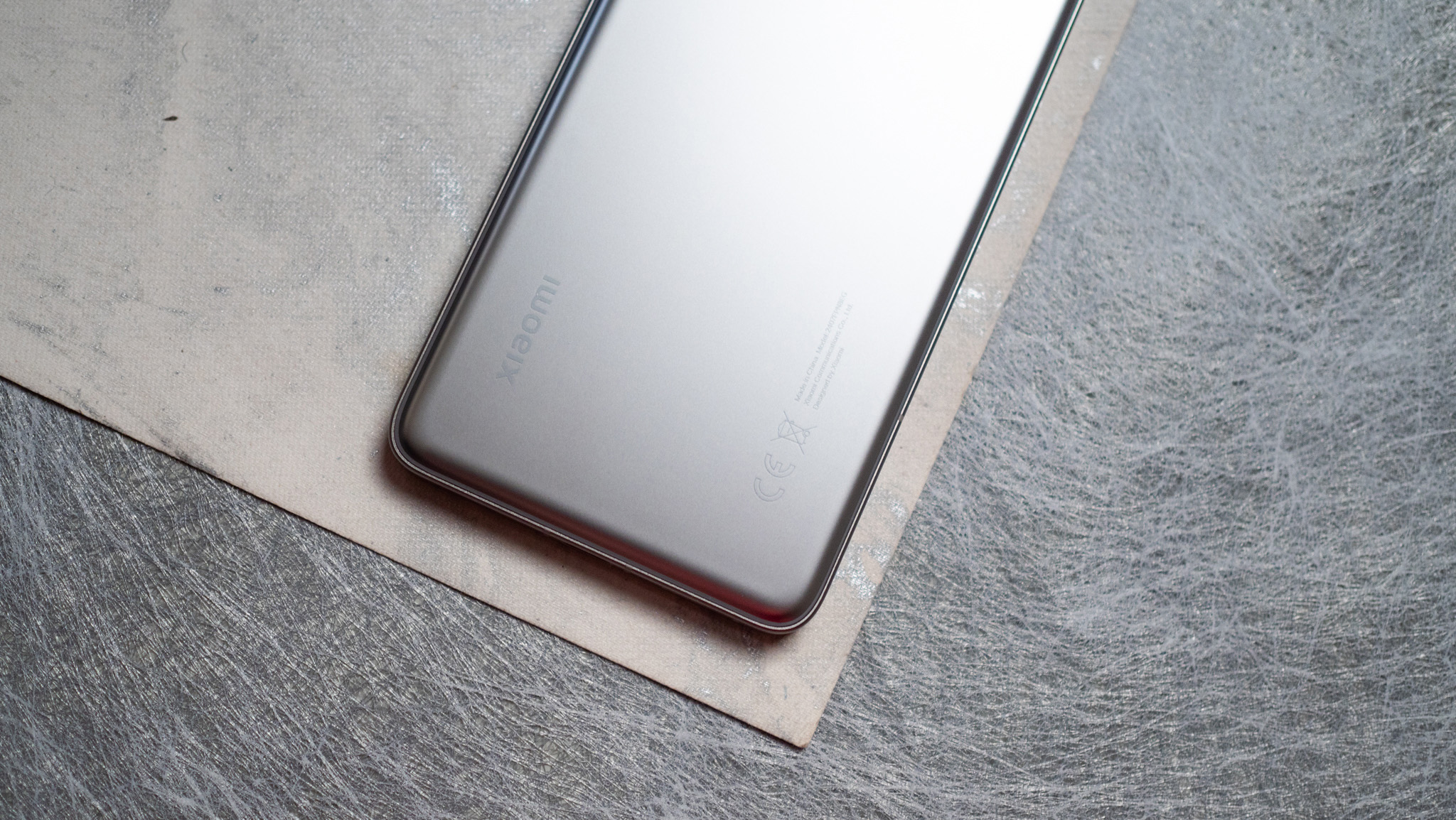
Xiaomi unveiled the 14T and 14T Pro at a global launch event on September 26, and the devices are now on sale in select markets.
The phone is available in 12GB/256GB, 16GB/512GB, and 16GB/1TB variants, but not all models will be sold in all regions. In the U.K., the 12GB/256GB variant of the 14T Pro costs £649 ($867), with the 12GB/512GB model available for £699 ($934) and the 12GB/1TB model retailing at £799 ($1,067).
To incentivize the launch, Xiaomi is bundling the Xiaomi Pad 6S Pro with the 12GB/1TB model in the U.K., and the Xiaomi Pad 6 with all other orders — the deal is valid until October 31.
In Germany, the 12GB/256GB model is debuting at €799 ($891), with the 12GB/512GB edition at €899 ($1,003) and the 12GB/1TB model available for €999 ($1,114).
India is Xiaomi's biggest overseas market, but the brand has been unwilling to bring all of its devices to the region. The Xiaomi 13T and 13T Pro didn't debut in the country, and it doesn't look like the 14T series will be available either. I'll update the post should that change, but given Xiaomi's positioning in the country, it's unlikely the 14T series will debut in India.
Xiaomi 14T Pro: Design
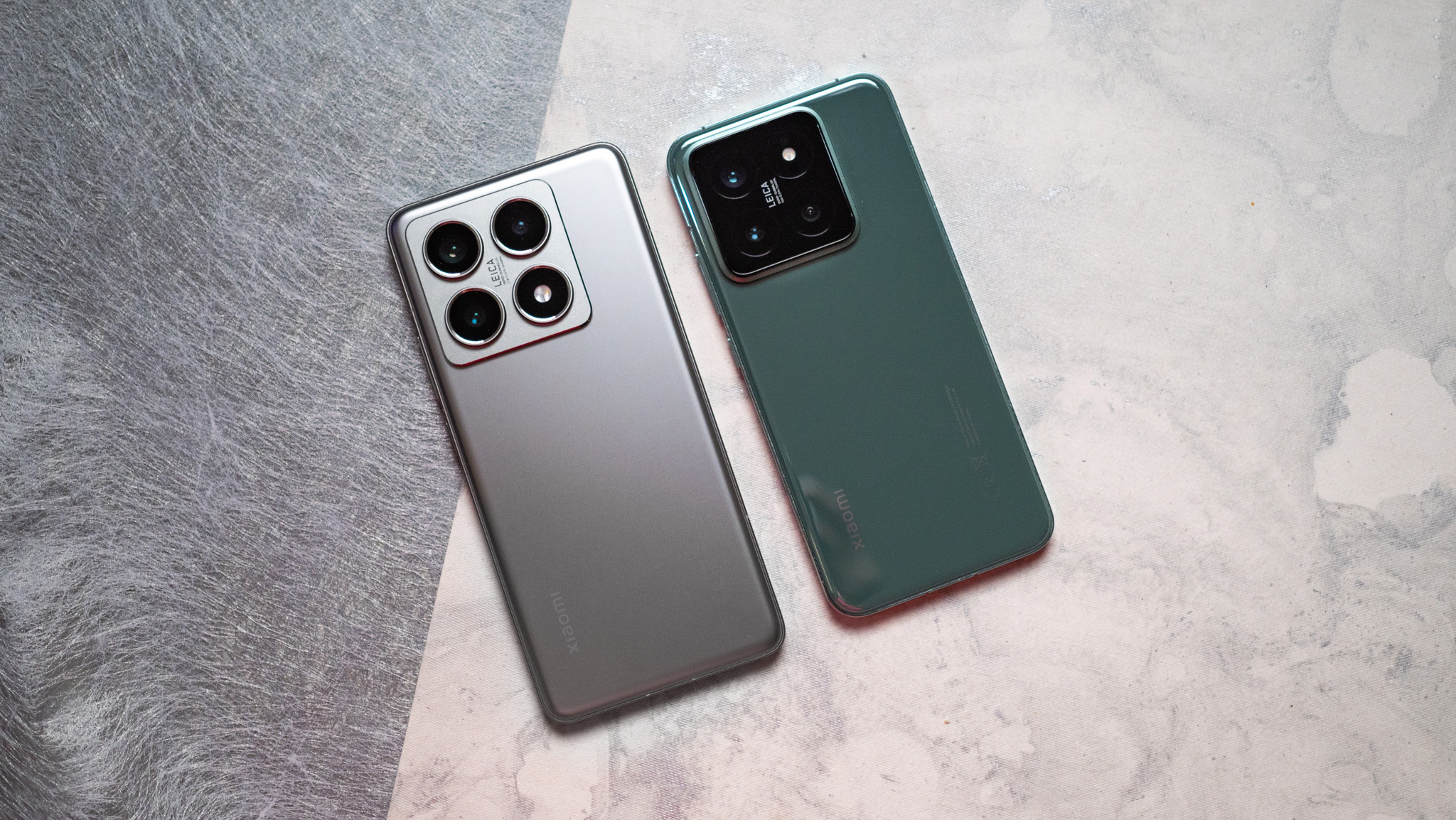
Xiaomi doesn't have a distinct design language; it constantly changes the design of its phones on a yearly basis, and while I usually grumble about the lack of a cohesive design strategy, it worked out for the best this time around. The 14T Pro has a metallic design with an aluminum mid-frame and a "metallic Deco" design at the back, and it looks significantly better than the 13T Pro.
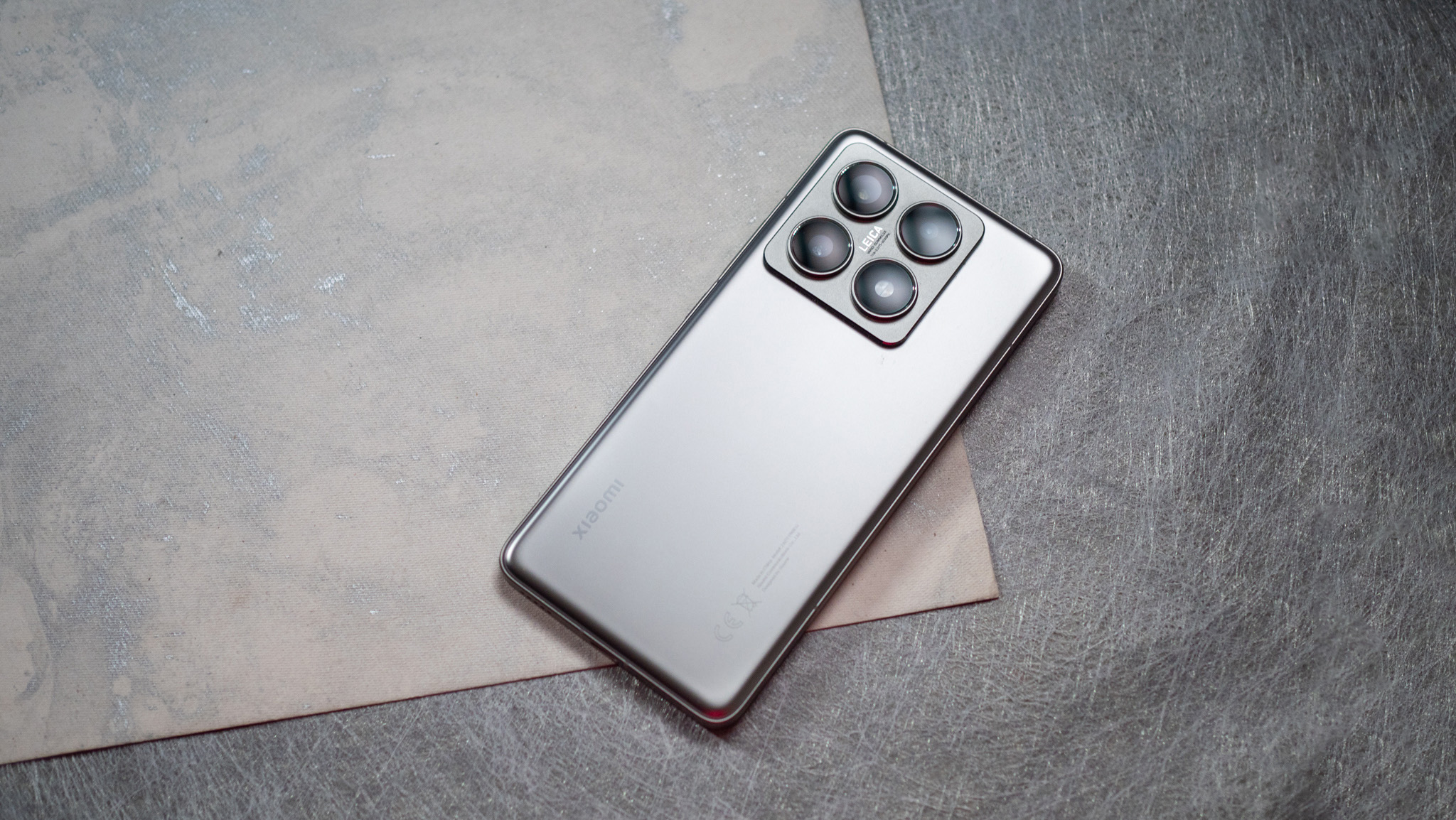
Metal phones are making a comeback as manufacturers once again integrate antenna bands into the sides, and the 14T Pro has a bold look similar to the OnePlus Nord 4. It is much better to hold and use, and as there isn't a glass pane at the back, it is much more durable. Xiaomi is offering three color variants — Titan Gray, Titan Blue, and Titan Black — and the gray model I'm using looks great in its own right.
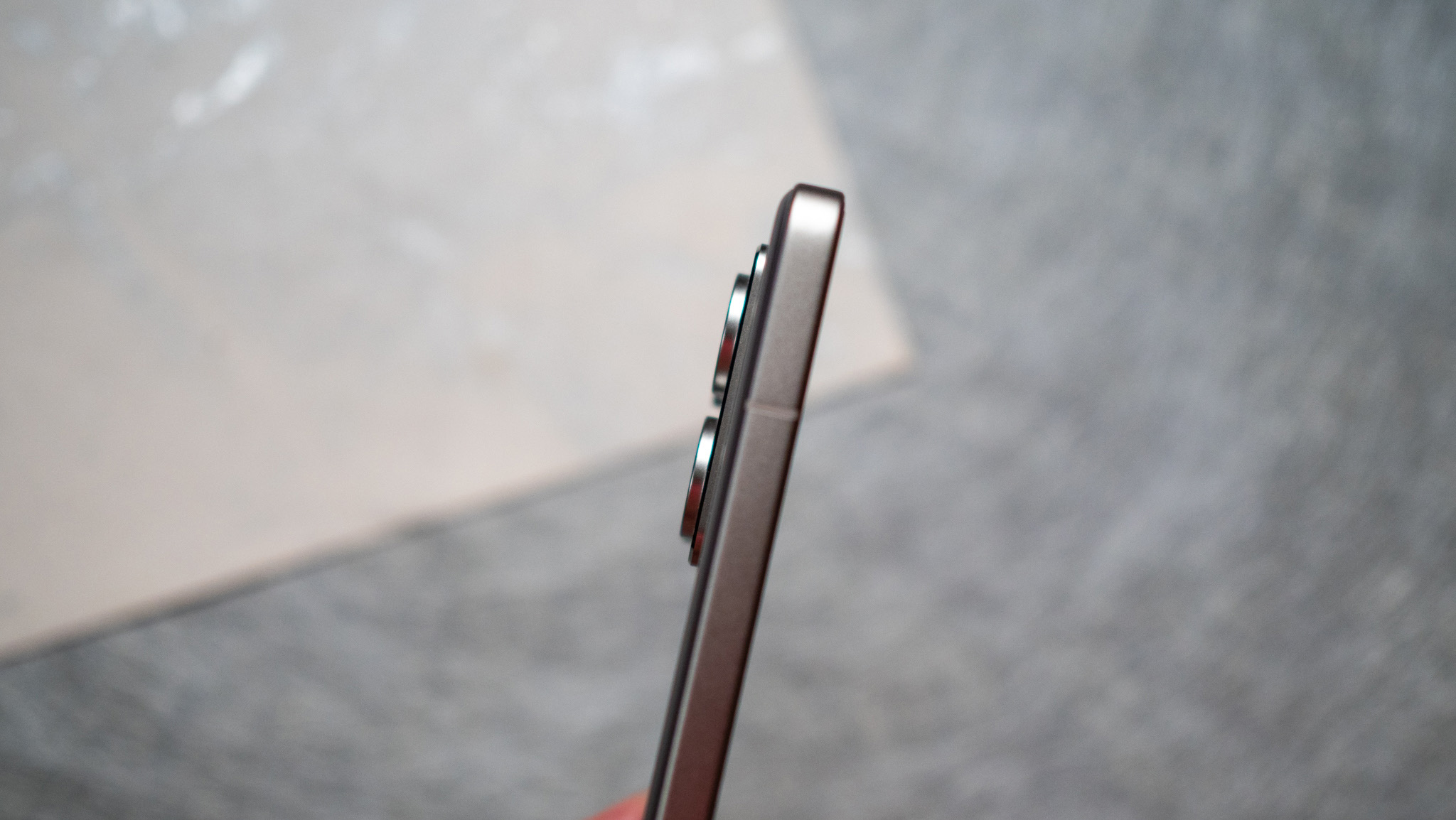
While the sides are mostly flat, it has beveled edges that makes it easier to hold and use, and the overall design is noticeably cleaner than previous years. A lot of that is down to the camera housing at the back; I didn't like the camera island last year, and thankfully, Xiaomi is using a minimalist design this time that gives the 14T Pro a much better look.
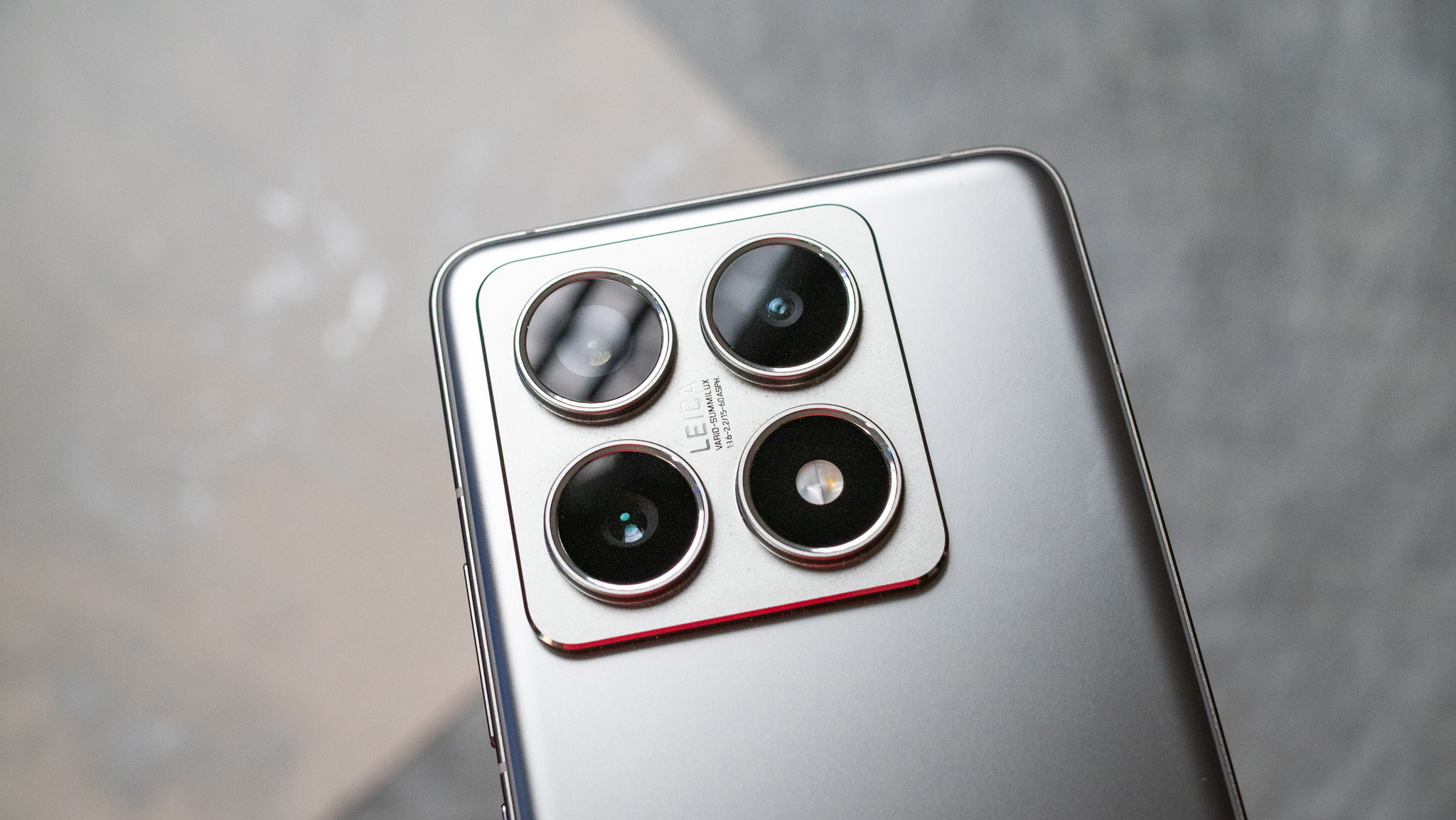
Basically, the island itself is made out of metal, and the cameras are housed within individual rings. The design feels cohesive in a way that we just haven't seen from Xiaomi in recent years, and the 14T Pro is one of the best-looking Xiaomi phones I used. Because the camera island doesn't jut out from the body, there's no wobble when using the phone on a table.

The textured power button ensures you don't confuse it with the volume rocker, and while the 14T Pro is heavier than its predecessor, the weight balance is ideal, and the phone isn't unwieldy in the least. Xiaomi mainstays like the IR blaster are intact, and while I usually advocate cases, I don't think you need one with the 14T Pro.
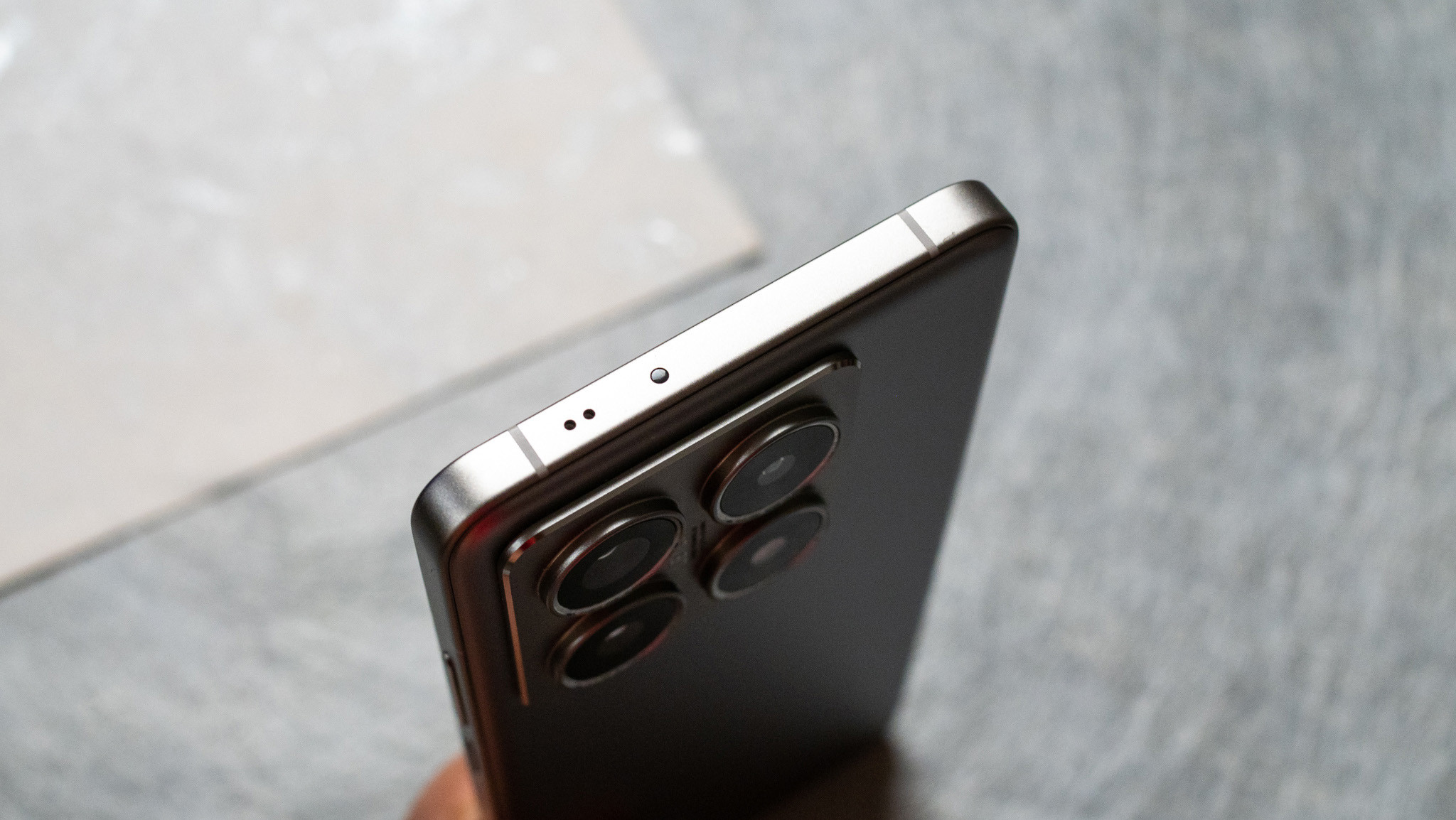


I'm glad to see metallic phones making a comeback, and while the 14T Pro doesn't have an all-metal chassis, it is definitely better than previous years. It combines a durable chassis with an elegant design, and it doesn't miss out on the basics. You get IP68 dust and water resistance as standard, and after two weeks of intense use involving plenty of tumbles, the 14T Pro still looks pristine.
Xiaomi 14T Pro: Screen
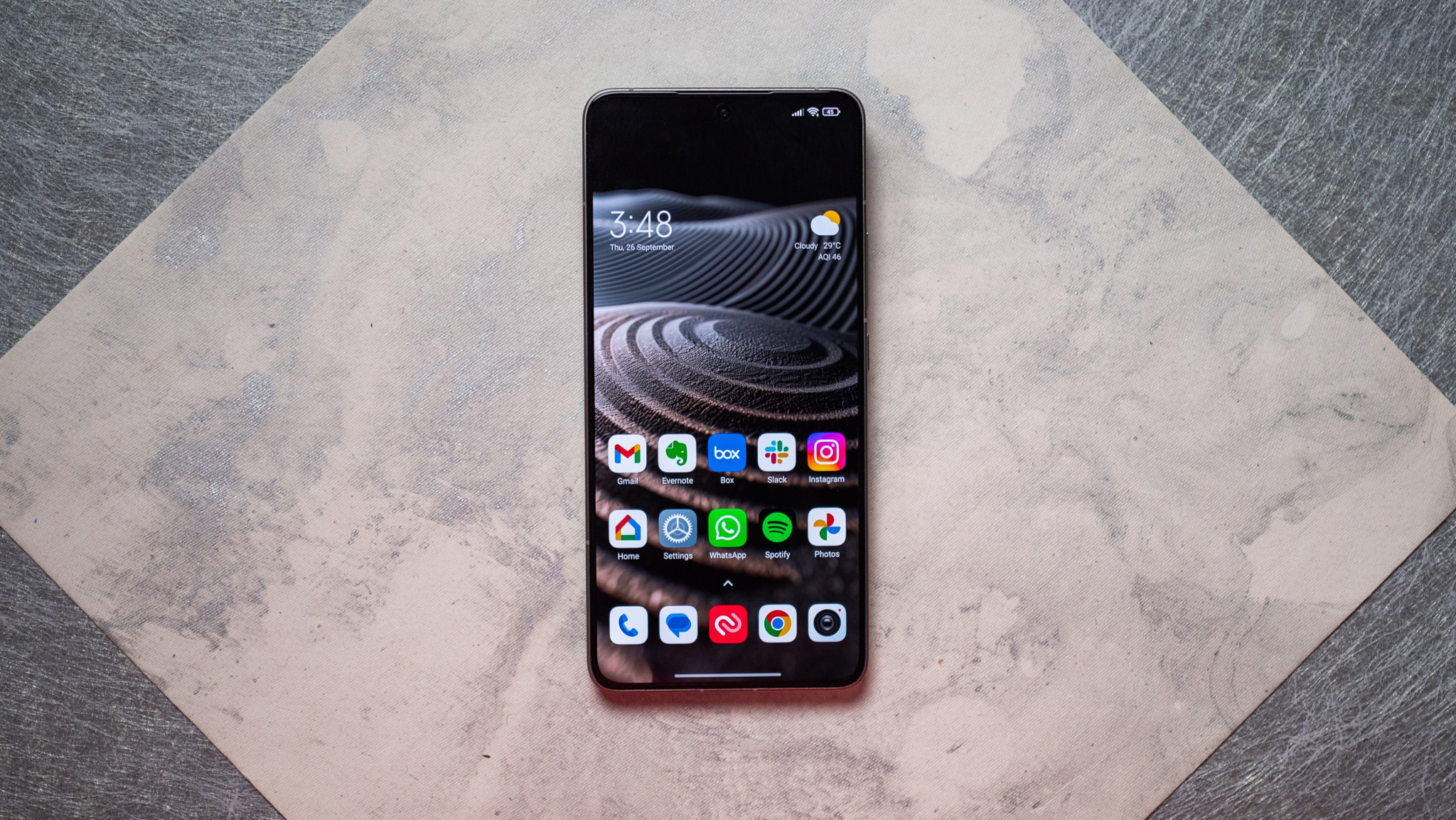
Xiaomi didn't change the screen size of the 14T Pro, and as such you get a 6.67-inch AMOLED panel with the same 2712 x 1220 resolution as last year. What's different is that the panel now goes up to 4000 nits in HDR content, and while that is considerably more than last year, where you'll actually notice the difference is in daily use, with the 14T Pro holding up much better under harsh sunlight.
Oddly enough, Xiaomi uses the Original colour Pro as the default color scheme, and while it renders colors accurately, I don't like its tonal balance. I switched it to the Vivid option as that's what I like on Xiaomi phones, but if you prefer a different color scheme, there's plenty of configurability in this area.
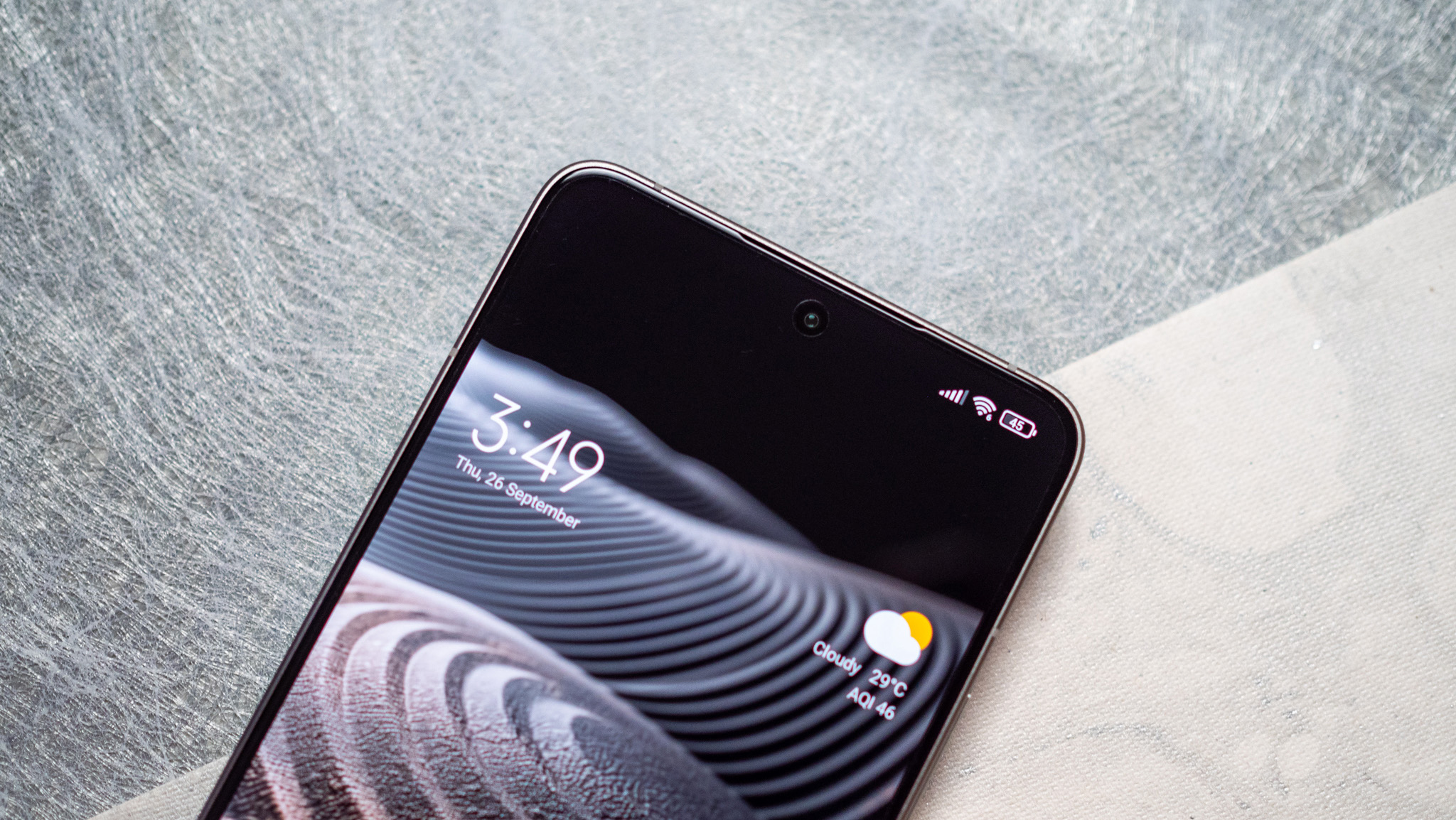
In the Vivid mode, colors are saturated and have good vibrancy, and the phone does a great job with streaming content — I didn't have any issues in this area. Xiaomi no longer offers identical stereo channels on its devices, but the sound on the 14T Pro is loud and detailed enough to be serviceable.=
Like all other Xiaomi phones, the 14T Pro is set to 60Hz refresh out of the box — Xiaomi does this to deliver the best battery life — so you'll need to go into the settings to enable 144Hz or use auto mode. Now, while the phone has 144Hz refresh, there aren't many use cases where you'll be able to leverage it; most games are still locked to 60fps, and other than navigating the UI, you don't see the benefits of higher refresh.
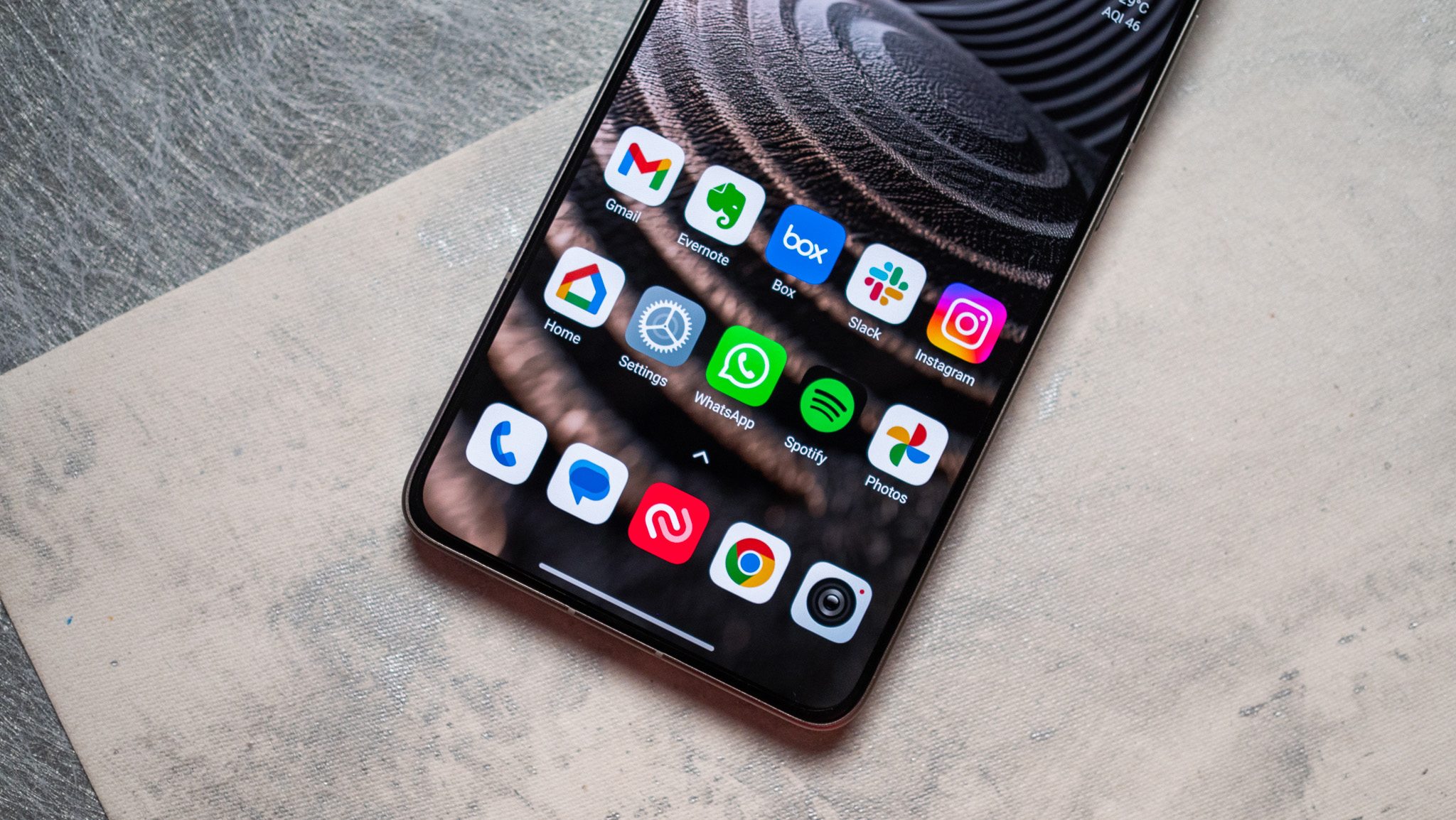
What would have made a difference is dynamic refresh, but Xiaomi limits LTPO tech to its flagships, and while the 14T Pro is pricier than its predecessors, I guess we'll need to wait another year to see the tech make its way to this series. The phone has 3840Hz PWM dimming, and you get the usual customization features that are standard on most mid-range and high-end Xiaomi phones.
Xiaomi 14T Pro: Performance and battery

Hardware isn't an area where Xiaomi needs to change things; the brand continues to deliver powerful hardware packages on its devices, and that's true of the 14T Pro as well. The phone is powered by MediaTek's latest Dimensity 9300+ platform, and it has a Cortex X4 core going up to 3.4GHz, three Cortex X4 cores at 2.85GHz, and an additional four Cortex A720 cores that manage to go up to 2.0GHz.
The use of the A720 as the default small core allows the 9300+ to gain an advantage over the Snapdragon 8 Gen 3, and this is evident in Geekbench's multi-core results. The device has 12GB of LPDDR5X RAM and starts with 256GB of UFS 4.0 storage, going up to 16GB RAM and 1TB. I'm using the 16GB/1TB model, and it is easily on par with the Xiaomi 14 in terms of hardware.
There are no slowdowns whatsoever in daily use, and gaming on the phone has been a delight; it handles demanding titles without any issues. There is some overheating, but not as much as its predecessors, and the device didn't get uncomfortable even after extended gaming sessions.
On the connectivity side of things, the 14T Pro has Wi-Fi 7, Bluetooth 5.4, NFC, and dual-band GPS. I didn't run into any issues with signal quality or call connectivity in regular use, and Xiaomi is using a new vibration motor that delivers better feedback. It's still not quite on the same level as the Xiaomi 14 or the 14 Ultra, but it is better than previous years, and you can adjust the intensity of the motor.
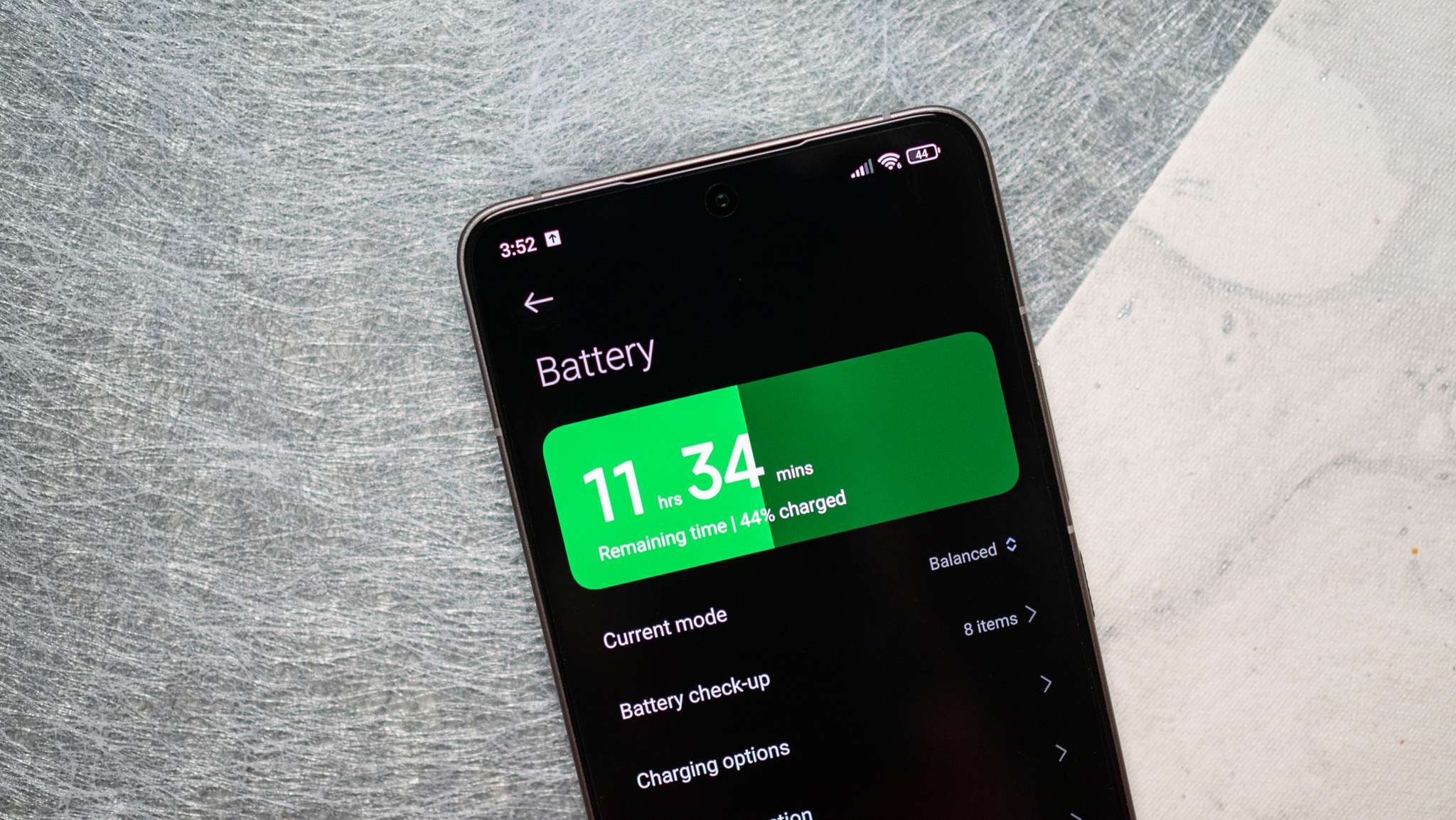
The 14T Pro has the same 5000mAh battery and 120W charging tech as last year, and the device manages to last well over a day with ease. I averaged a day and a half of use between charges, and while Xiaomi continues to be aggressive with background memory management, it isn't anywhere as extreme as previous years. A notable addition is inclusion of 50W wireless charging, and this inches the 14T Pro closer to the best Xiaomi phones when it comes to charging.
Controversially, Xiaomi isn't bundling a charger with the package. While I get that Google and Samsung don't do so on their devices, they use standard USB PD protocol and don't go over 45W, so it's easy to charge these devices with any charger. That isn't the case with the 14T Pro; while it uses the same PD power profiles until 65W, you can't get 120W charging unless you buy Xiaomi's custom charger.
It's annoying that Xiaomi isn't bundling a charger, and I don't want to see other Chinese brands emulating this move. Other than that, there are no issues with the battery side of things. Using Xiaomi's 120W charger takes under 30 minutes to charge the device, and you need to enable boost charging to unlock the full charging potential.
Xiaomi 14T Pro: Cameras
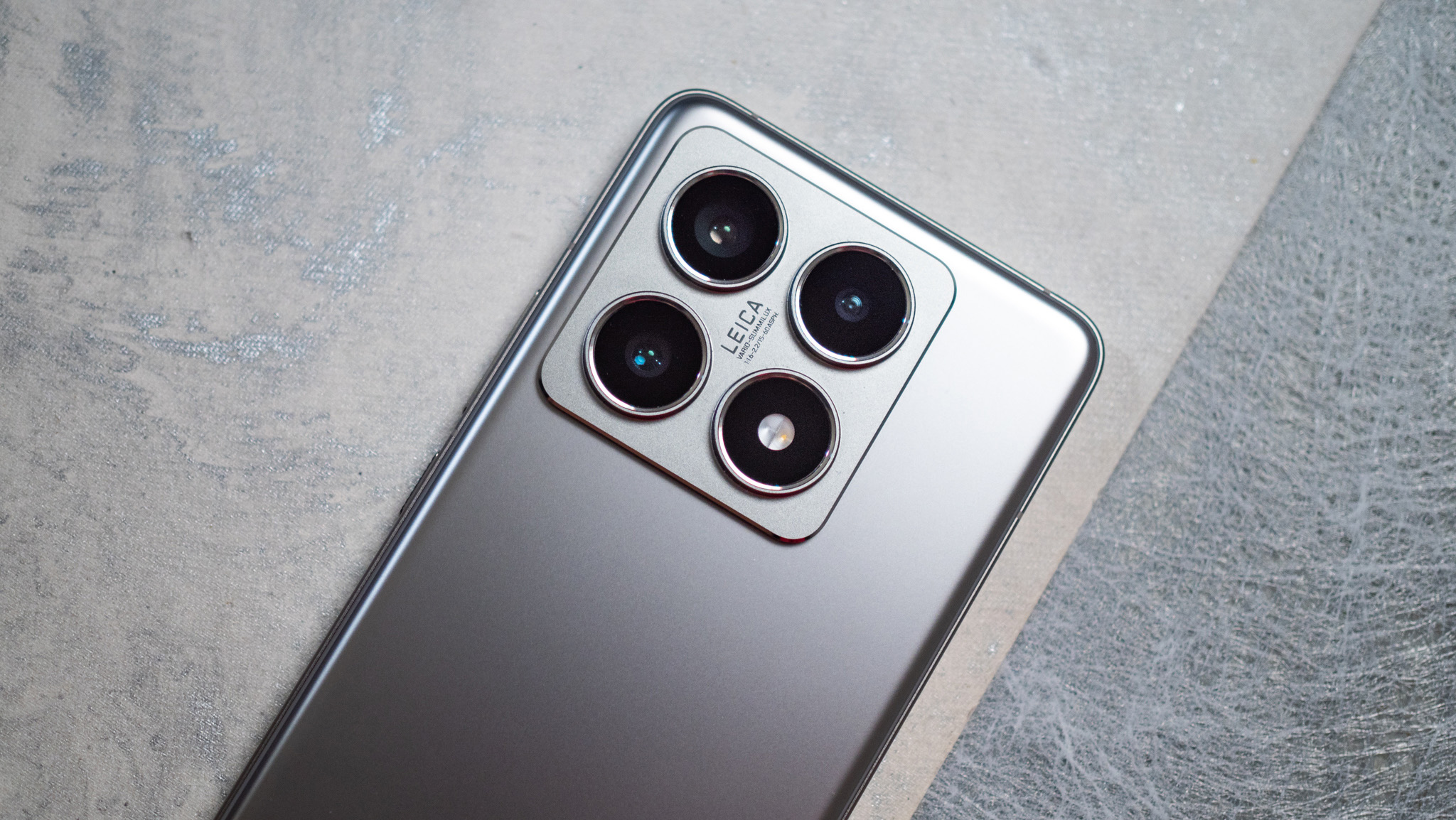
Xiaomi delivered decent cameras on T series devices, but the 14T Pro takes things to a whole new level. The device features a 50MP OmniVision OV50H module with the Light Fusion 900 imaging sensor, and it's joined by a 50MP Samsung JN1 telephoto lens with 2x optical zoom, and a 12MP OmniVision OV13B wide-angle lens.
Like last year, the Leica partnership is at the heart of what makes the 14T Pro stand out. You get a lot of the same shooting modes as Xiaomi flagships, and you get to choose between Leica Vibrant or Leica Authentic styles when taking photos. Xiaomi is bringing Ultra HDR integration, and you're able to view photos and videos in HDR.
You can shoot 4K 60fps content, but annoyingly, not all cameras have this feature — the wide-angle lens only does 4K at 30fps. There's HDR recording as well, and Xiaomi's MasterCinema mode is available on the device, giving you the ability to shoot 10-bit videos.

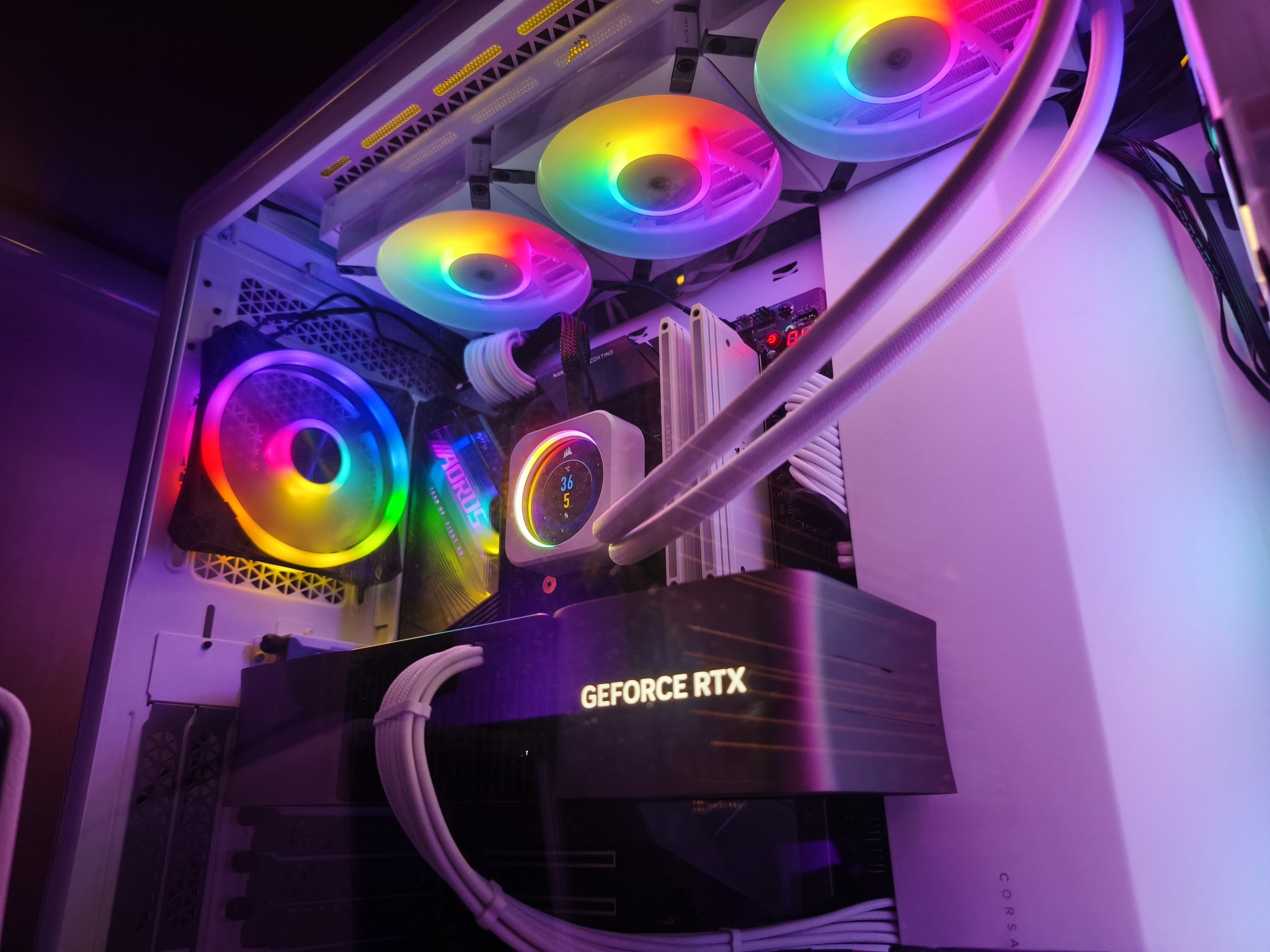
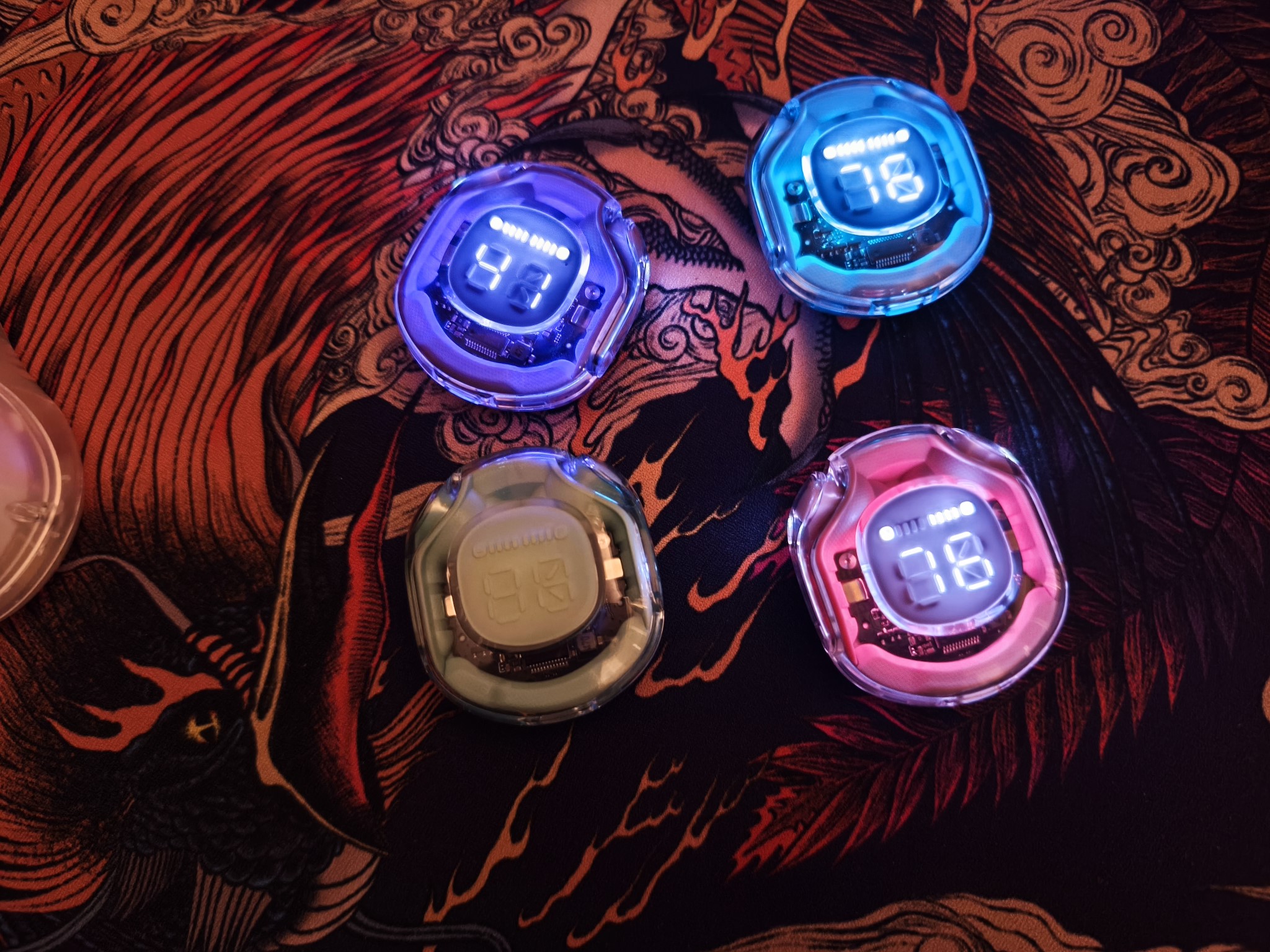

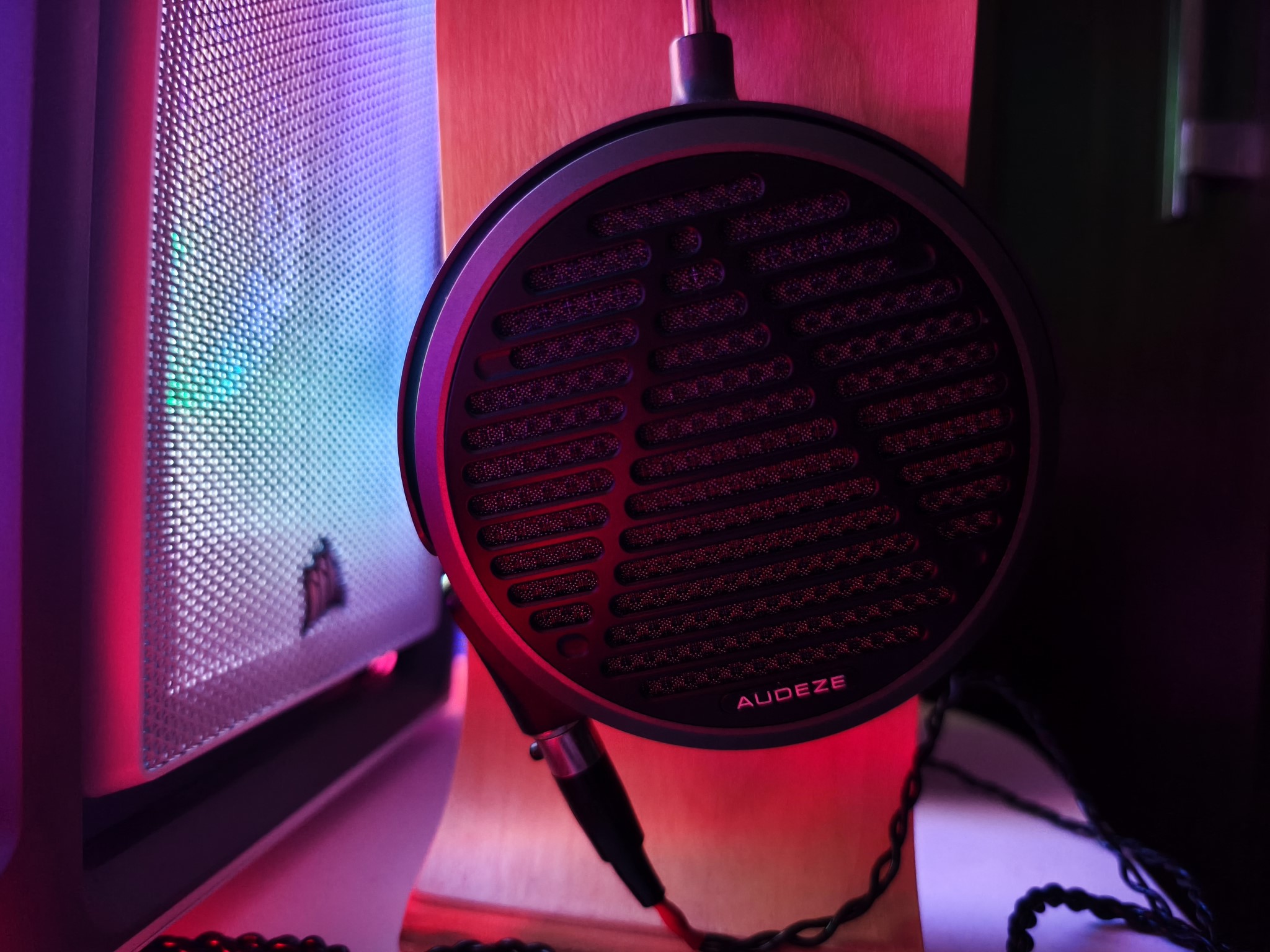
Shots in daylight conditions are predictably great, with good color rendition and white balance. The upgraded tuning and imaging module makes the 14T Pro take standout shots at night as well, and this is where it stands out the most against the 13T Pro. It manages shadows and highlights much better, eking out detail in challenging situations. This was a particular issue with the 13T Pro, and I'm glad to see Xiaomi make amends.
The wide-angle lens is good in its own right, but it isn't quite on the same level as true flagships. It takes decent enough shots during the day, but there is visible noise at night, and it doesn't measure up when it comes to video recording. The telephoto lens is similarly limited, and while it does a fabulous job up to 2.6x, it doesn't quite offer the same level of versatility as the Xiaomi 14.
The 14T Pro does a good job with portraits as well, and you get to choose between four focal lengths. But again, the resultant shots aren't on the same caliber as the Xiaomi 14 and 14 Ultra, and while I admit that these devices cost more, that gulf isn't as wide as previous years. Xiaomi is charging close to flagship prices, and while the main camera comes close to the Xiaomi 14, the auxiliary cameras aren't as good.
Xiaomi 14T Pro: Software
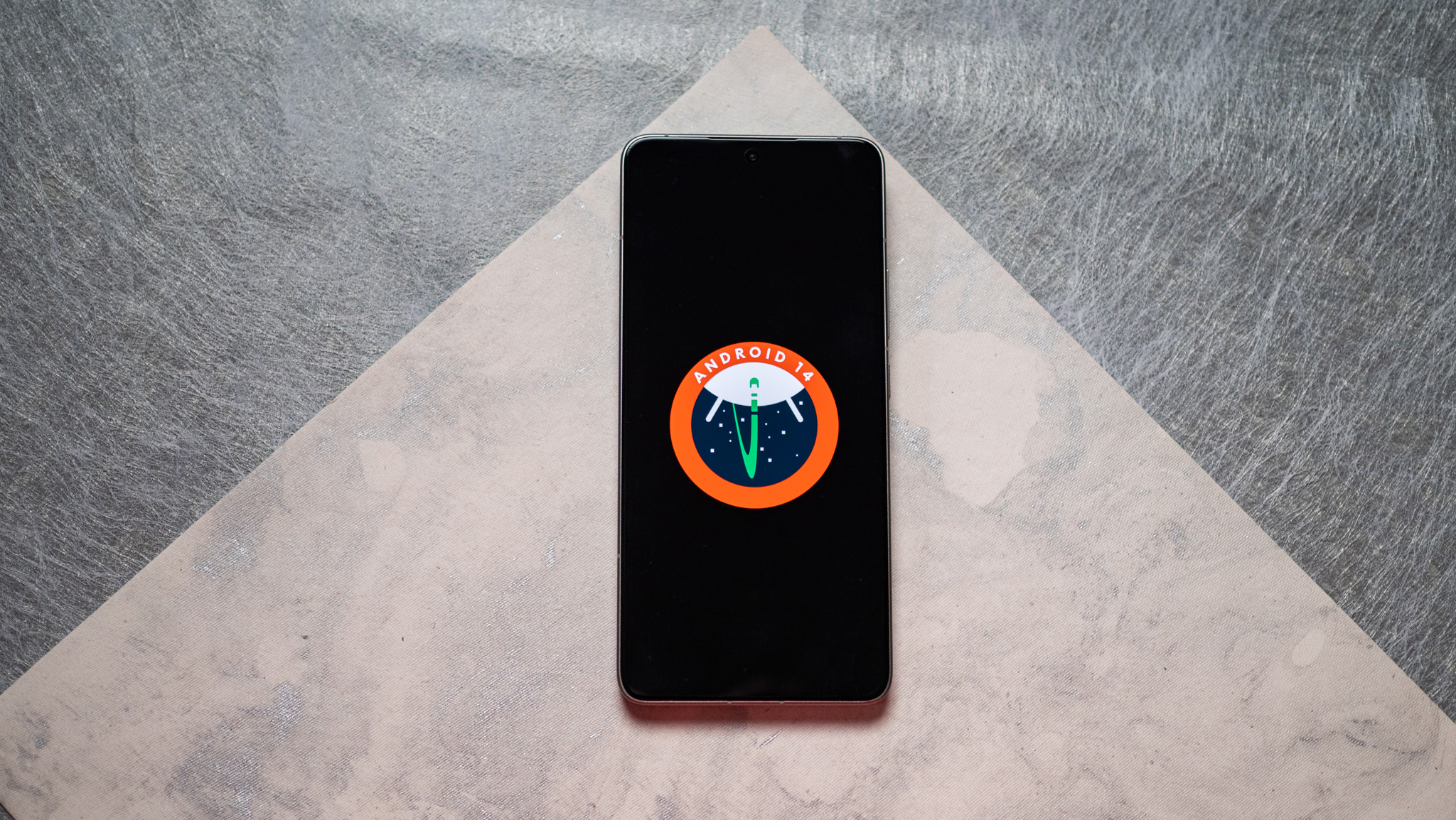
Like every other phone manufacturer, Xiaomi is turning to AI to inject some excitement into its software. And like most brands, most of these features aren't available out of the box and will be rolled out via a later OTA. Xiaomi teamed up with Google to bring Circle to Search and Gemini Live to the 14T Pro, but they're not available at launch.
The brand is adding a quartet of AI utilities: AI Interpreter facilitates real-time translations, AI Notes provides notes summaries, AI Recorder transcribes recordings, and AI Subtitles has real-time translation of videos. Xiaomi hasn't introduced these features yet, and the only one that you can even see within settings is AI Subtitles — and that is in beta testing at the moment. There's no mention of when these might go live, and notably, all features need an internet connection; there's no on-device AI.

The interface itself is identical to all Xiaomi phones I used in 2024. The 14T Pro is based on Android 14, and the UI is fluid in daily use and has plenty of customizability. I don't like the split notification pane that Xiaomi mandates these days, and the interface is in need of a visual refresh. But outside of that, there are no problems with the basics.
Xiaomi guarantees four years of Android updates to the 14T Pro, and that's in line with what most Chinese manufacturers offer these days. Of course, Xiaomi lags behind its rivals in this area, and it's unlikely the 14T Pro will switch to Android 15 before the end of the year.
Honestly, if you need a phone with decent AI features, your best bet is to get the Pixel 9 Pro XL; Google's AI efforts are the best in the industry, and while the device doesn't have the best hardware, it has AI utilities you'll actually end up using.
Xiaomi 14T Pro: The alternatives
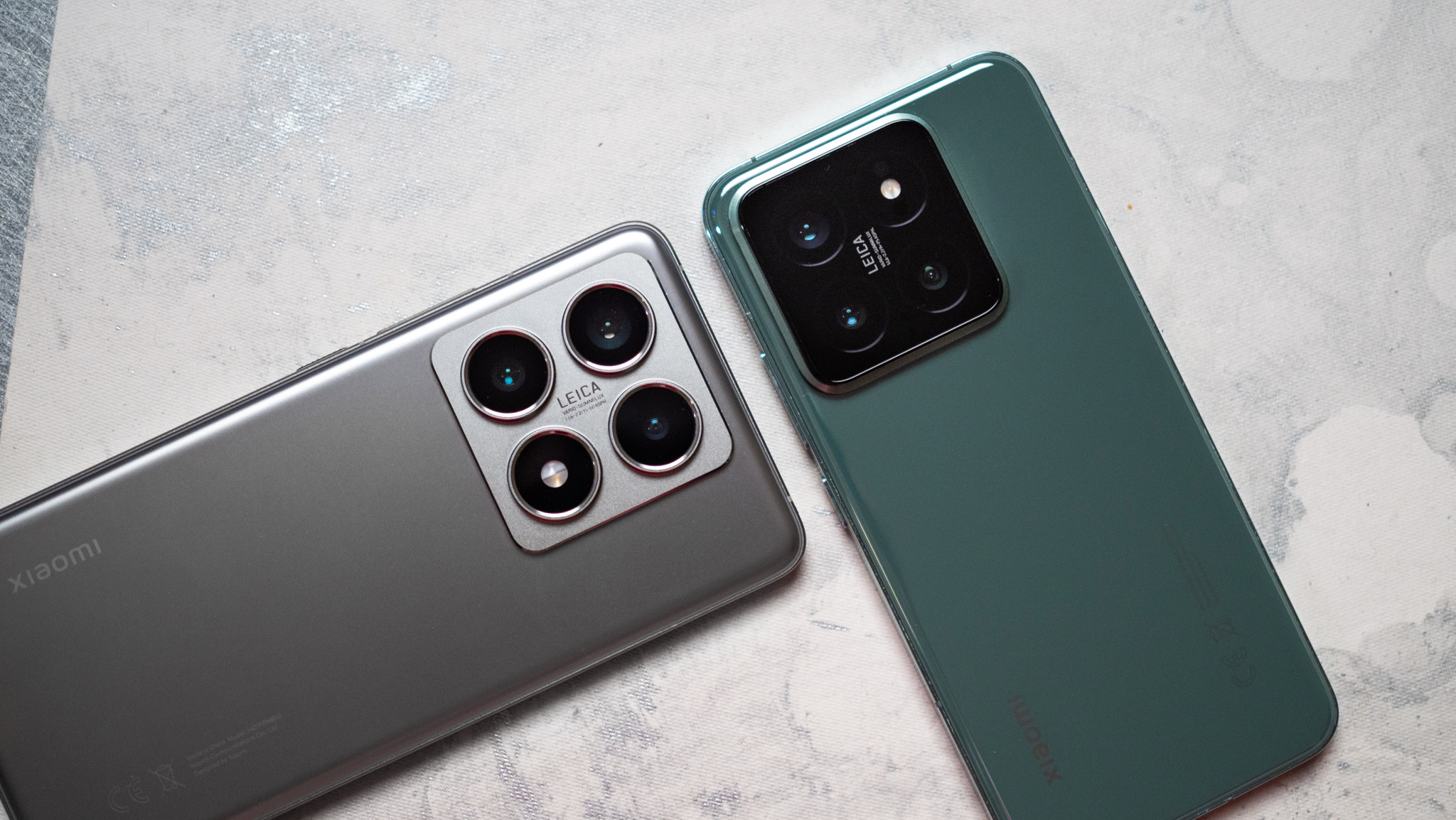
If you're using a Xiaomi device and want to stay in the ecosystem, the Xiaomi 14 is still a fantastic choice. I like the sizing of the device, and the smaller 6.36-inch OLED panel is wonderful to use. You get amazing cameras at the back, all the extras you need, and the battery lasts a day with ease. It is costlier than the 14T Pro, but you are getting a better camera package.
I like the OnePlus 12 a lot; it has standout cameras and a gorgeous design, and the hardware is on par with what Xiaomi is offering. It is costlier, but with the imminent debut of the OnePlus 13, it should get a sizeable discount.
Xiaomi 14T Pro: Should you buy it?

You should buy this if:
- You need a phone that looks good and is comfortable to hold
- You want a vibrant AMOLED panel
- You need powerful hardware
- You want cameras that take great photos and videos in any situation
- You need two-day battery life and ultra-fast charging
You shouldn't buy this if:
- You want greater versatility with zoom lenses
- You need timely software updates
- You want a charger in the box
- You need a phone with good AI features
The 14T Pro has considerable upgrades over its predecessor, and I like the changes to the design. It's too much to assume that Xiaomi would retain a similar aesthetic next year, but the chassis has a distinctiveness that you don't get with other devices in this category.
There's plenty to like in other areas as well; the AMOLED panel gets brighter, the hardware is among the best around, and the main camera at the back is incredible. The software feels much better than previous years, and while you don't get any AI features out of the box, that's bound to change over the coming months.
Xiaomi still needs to do better with its auxiliary cameras; they're not quite on par with the Xiaomi 14, and that takes the shine off the 14T Pro to an extent. There's no charger in the box either, and that just feels like the brand is shortchanging potential customers.
Ultimately, it's down to pricing. The 14T Pro is closer to Xiaomi's flagships than ever before, and it no longer is in the value flagship segment. The changes to the design and cameras reflect that, and the 14T Pro is a legitimate alternative to the Xiaomi 14. If that's what you're after, then yes, there is a lot to like with the device. But if you need a mid-ranger with the best hardware, this isn't the phone to get.

Harish Jonnalagadda is Android Central's Senior Editor overseeing mobile coverage. In his current role, he leads the site's coverage of Chinese phone brands, networking products, and AV gear. He has been testing phones for over a decade, and has extensive experience in mobile hardware and the global semiconductor industry. Contact him on Twitter at @chunkynerd.
You must confirm your public display name before commenting
Please logout and then login again, you will then be prompted to enter your display name.


